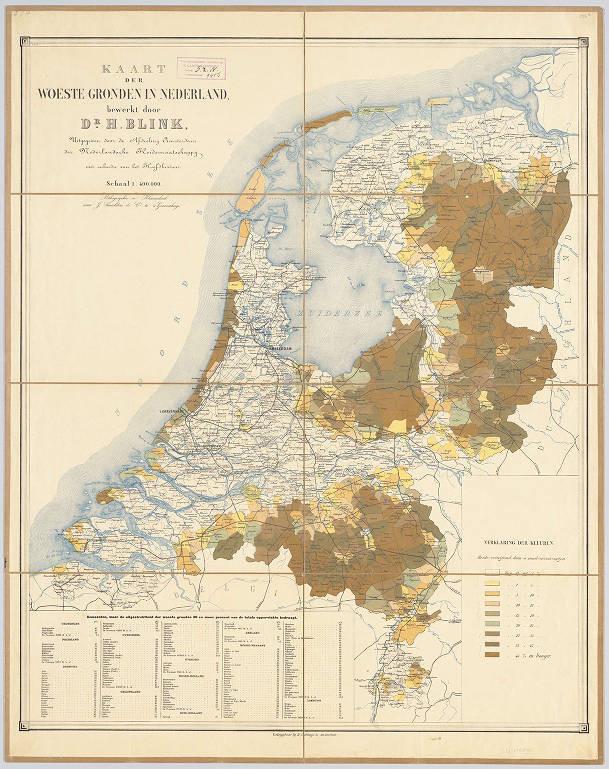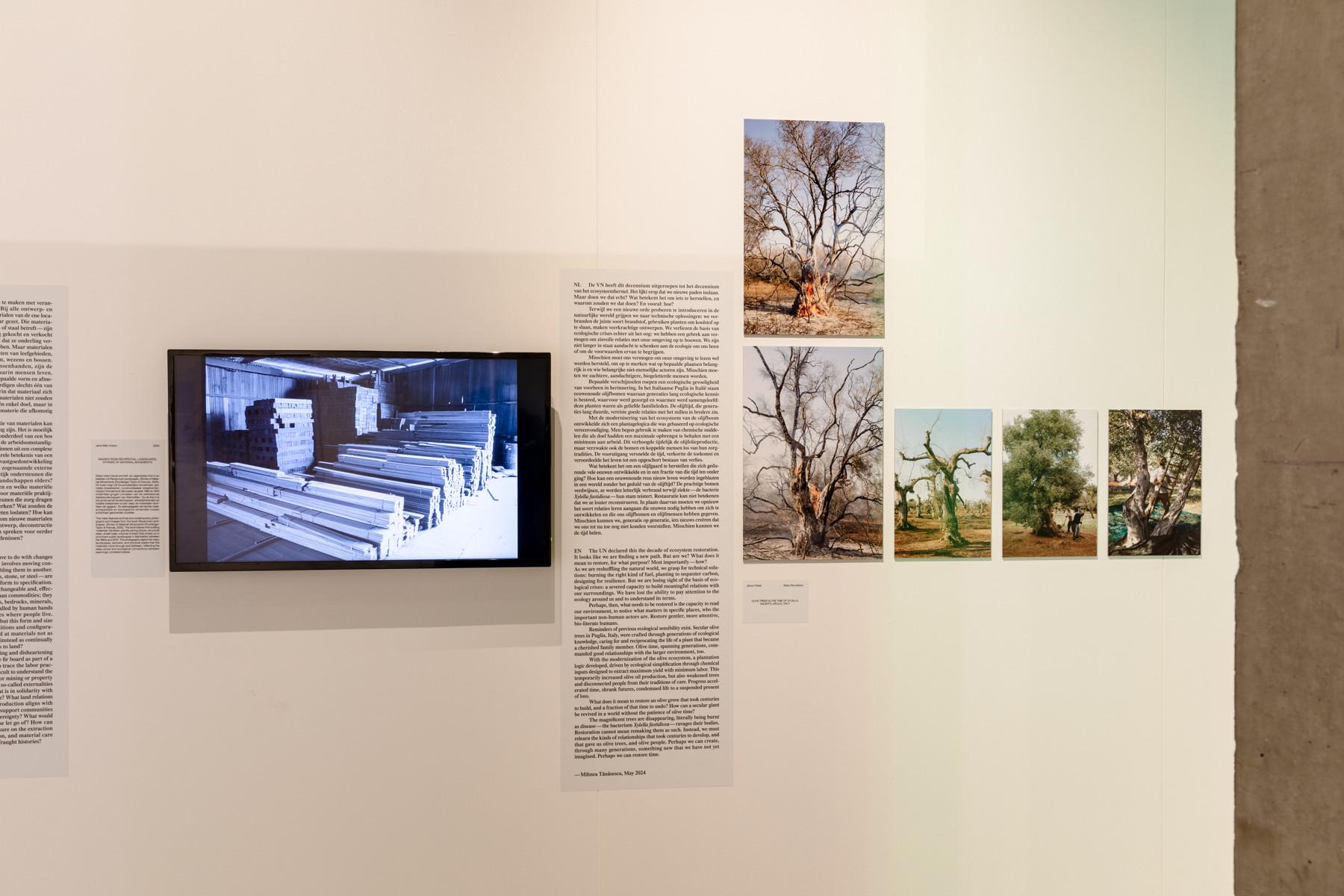Nature of Hope approaches architecture as an ecological practice. People are not separate from nature, but an integral part of it. But the binary thinking in which nature is everything that is not human or made by people has a long and dominant history. To introduce the exhibition, IABR therefore asked researchers, philosophers, historians and writers to reflect on how we look at nature. Every week we share one of the contributions, which can also be seen in the exhibition.
Daphina Misiedjan describes the relationship between ownership, colonialism and nature.
How would you prove that a piece of land is yours? Would you build a fence around it? Would you name it after yourself?
During the colonial era, various European empires fought over the lands of the so-called New World. They had decided that even though Peoples lived on these lands, these Peoples could not own these lands as it looked as though they had not done anything to the landscape. It looked too ‘natural,’ and it was not used to its full potential as God had required from humankind according to Genesis. And so the European empires came up with concepts, ideas to help them claim the land. Some said: ‘First come, first serve.’ Which motivated empires to keep ‘discovering’ new lands. Yet others said, whoever cultivated the land could keep it. As a result, they started to cut down trees in the New World at a high speed to show that they had changed the land as God intended and therefore became the owners of the land. We can still see the ramifications today in landscapes that have been forever altered. And the ideas of exclusive ownership and exploitation of nature have become dominant around the world.




